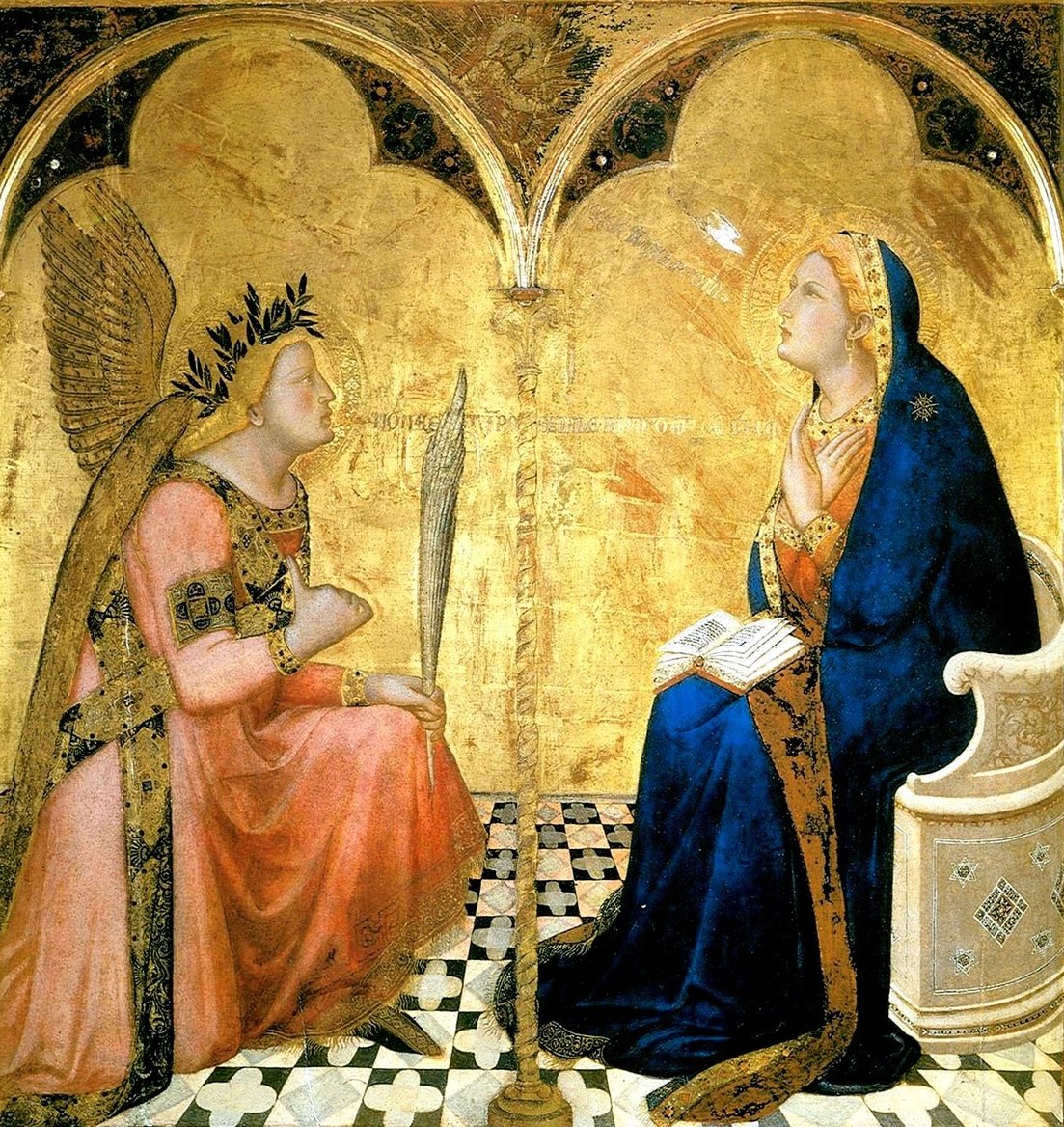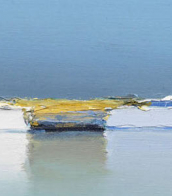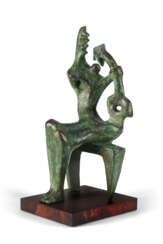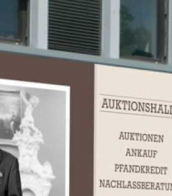lore müller

Berthold Müller-Oerlinghausen, born Berthold Müller, is a German sculptor, painter, designer and mosaic artist.
Berthold studied architecture at the Technical University of Berlin, then worked for a time in the artistic decoration of churches. He was fascinated by Italian and Mediterranean art and built on this fascination.
In 1936 Müller-Oerlinghausen founded a mosaic workshop in Berlin, which was destroyed by bombing in 1944, but in 1946 he rebuilt it and began a new period in his work. This workshop produced, among other things, elegant mosaic coffee tables, which are sought after by collectors.








Karl Lorenz Rettich, a German landscape artist and draftsman, was deeply influenced by the Baltic Sea region where he grew up. Despite studying law initially, Rettich pursued landscape painting under the guidance of Adolf Heinrich Lier and later studied at the Düsseldorf and Weimar schools of painting. He undertook study trips to Norway, Sweden, and Italy. Rettich lived in various cities, including Dresden, Munich, and Lübeck, eventually settling in Graal-Müritz. He earned a living by selling postcards featuring his landscape paintings and received awards for his work.



Harald Slott-Möller (Danish: Harald Slott-Møller) or Georg Harald Slott-Möller was a Danish symbolist painter.
He received his artistic education at the Royal Danish Academy of Fine Arts. As an adherent of the symbolist direction of painting in Denmark, together with his wife Agnes Slott-Möller, he participated in the creation of the Free Style group. Harald was also a master painter of porcelain and earthenware and worked as a designer at the earthenware factory Aluminia.


Harald Slott-Möller (Danish: Harald Slott-Møller) or Georg Harald Slott-Möller was a Danish symbolist painter.
He received his artistic education at the Royal Danish Academy of Fine Arts. As an adherent of the symbolist direction of painting in Denmark, together with his wife Agnes Slott-Möller, he participated in the creation of the Free Style group. Harald was also a master painter of porcelain and earthenware and worked as a designer at the earthenware factory Aluminia.


Giovanni Lorenzo Bernini, an Italian artist, is celebrated as one of the most remarkable sculptors and architects of the Baroque era. Born in Naples in 1598, Bernini's family moved to Rome when he was a child, where he spent most of his life shaping the city's artistic landscape. His prodigious talent emerged early, evident in works created in collaboration with his father, Pietro Bernini, and soon caught the attention of influential patrons like Cardinal Scipione Borghese and Pope Paul V.
Bernini's work, characterized by dynamic and exuberant style, spanned various genres including portraiture, tomb sculpture, and religious and mythological representations. His ability to turn marble into lifelike figures and scenes, blending realism with emotional intensity, was unparalleled. Key works like "Aeneas and Anchises," "Pluto and Proserpina," and "Apollo and Daphne" exemplify this mastery.
Not confined to sculpture, Bernini was also an accomplished architect, contributing significantly to the architectural landscape of Rome. His involvement with St. Peter's Basilica, notably the Baldacchino and the design of St. Peter's Square, reflect his vision of merging architecture with sculpture to create a cohesive and impactful experience. His work on the Cornaro Chapel, including the famous "The Ecstasy of Saint Teresa," showcases this integration, combining sculpture, architecture, and light to stunning effect.
Bernini's influence extended beyond Rome. In 1665, he was invited by Louis XIV to France to work on the Louvre, though his architectural designs were not realized. His portrait bust of Louis XIV, however, remains a testament to his skill in capturing not just the likeness but the essence of his subjects.
A man of deep faith, Bernini's works often reflected his religious devotion, though he was also known for his caricatures and playful sketches, revealing a lighter side to his personality. His artistic legacy, characterized by the fusion of various art forms and the dramatic use of light and space, continues to influence and inspire.
For collectors and experts in art and antiques, Bernini's works remain a pinnacle of Baroque artistry, a testament to his innovative spirit and technical brilliance. His pieces, found in museums and galleries, continue to draw admiration for their emotional depth and exquisite craftsmanship.
Stay updated on new discoveries and sales of Bernini's works by signing up for our newsletter, exclusively focused on his art and upcoming auction events.


Ambrogio Lorenzetti or Ambruogio Laurati was an Italian painter of the Sienese school. He was active from approximately 1317 to 1348. He painted The Allegory of Good and Bad Government in the Sala dei Nove (Salon of Nine or Council Room) in Siena's Palazzo Pubblico. His elder brother was the painter Pietro Lorenzetti.


Henry Spencer Moore was an influential English sculptor and artist, renowned for his semi-abstract monumental bronze sculptures that have found homes around the world as public works of art. Born on July 30, 1898, in Castleford, Yorkshire, Moore showed early talent in art, but his journey towards becoming a sculptor was not straightforward. His experiences as a young teacher and a soldier in the First World War, where he was injured in a gas attack, significantly shaped his perspectives and artistic direction.
After the war, Moore pursued his passion for art, winning a scholarship to the Royal College of Art in London, where he began to experiment with modernist influences and direct carving techniques, moving away from the traditional Victorian style. His works, characterized by organic shapes and a blend of abstraction and figuration, were inspired by a wide range of sources, including primitive art, the human body, and the natural world.
Moore's sculptures are celebrated for their unique ability to blend form with space in the landscape, offering viewers a dynamic interaction with his works. His dedication to public art made his sculptures accessible to a wide audience, contributing to his status as one of the 20th century's most significant sculptors. Moore's legacy is preserved through the Henry Moore Foundation, which supports artists and promotes public appreciation of sculpture.
For collectors and experts in art and antiques, Moore's work remains a testament to the power of sculpture to evoke emotion and thought. His contributions to modern art and sculpture continue to inspire and influence artists around the world.
To stay informed about new exhibitions and opportunities to view Henry Spencer Moore's work, sign up for updates. This subscription will ensure you are alerted to new product sales and auction events related to Moore's influential body of work.


Martin Kippenberger was a German artist known for his extremely prolific output in a wide range of styles and media, superfiction as well as his provocative, jocular and hard-drinking public persona.
Kippenberger was "widely regarded as one of the most talented German artists of his generation," according to Roberta Smith of the New York Times. He was at the center of a generation of German enfants terribles including Albert Oehlen, Markus Oehlen, Werner Büttner, Georg Herold, Dieter Göls, and Günther Förg.


Henry Spencer Moore was an influential English sculptor and artist, renowned for his semi-abstract monumental bronze sculptures that have found homes around the world as public works of art. Born on July 30, 1898, in Castleford, Yorkshire, Moore showed early talent in art, but his journey towards becoming a sculptor was not straightforward. His experiences as a young teacher and a soldier in the First World War, where he was injured in a gas attack, significantly shaped his perspectives and artistic direction.
After the war, Moore pursued his passion for art, winning a scholarship to the Royal College of Art in London, where he began to experiment with modernist influences and direct carving techniques, moving away from the traditional Victorian style. His works, characterized by organic shapes and a blend of abstraction and figuration, were inspired by a wide range of sources, including primitive art, the human body, and the natural world.
Moore's sculptures are celebrated for their unique ability to blend form with space in the landscape, offering viewers a dynamic interaction with his works. His dedication to public art made his sculptures accessible to a wide audience, contributing to his status as one of the 20th century's most significant sculptors. Moore's legacy is preserved through the Henry Moore Foundation, which supports artists and promotes public appreciation of sculpture.
For collectors and experts in art and antiques, Moore's work remains a testament to the power of sculpture to evoke emotion and thought. His contributions to modern art and sculpture continue to inspire and influence artists around the world.
To stay informed about new exhibitions and opportunities to view Henry Spencer Moore's work, sign up for updates. This subscription will ensure you are alerted to new product sales and auction events related to Moore's influential body of work.

















![[BAMBERG CARNIVAL PROCESSION] – LACHMÜLLER, Johann Baptist (1785- 1849)](/assets/image/picture_2944046/bd567/46f9cdc7f1bddf6f7e724c1428edf8c01689199200jpg__fix_374_244.jpeg)
![[BAMBERG CARNIVAL PROCESSION] – LACHMÜLLER, Johann Baptist (1785- 1849)](https://veryimportantlot.com/assets/image/picture_2944046/bd567/46f9cdc7f1bddf6f7e724c1428edf8c01689199200jpg__fix_374_244.jpeg)






















































